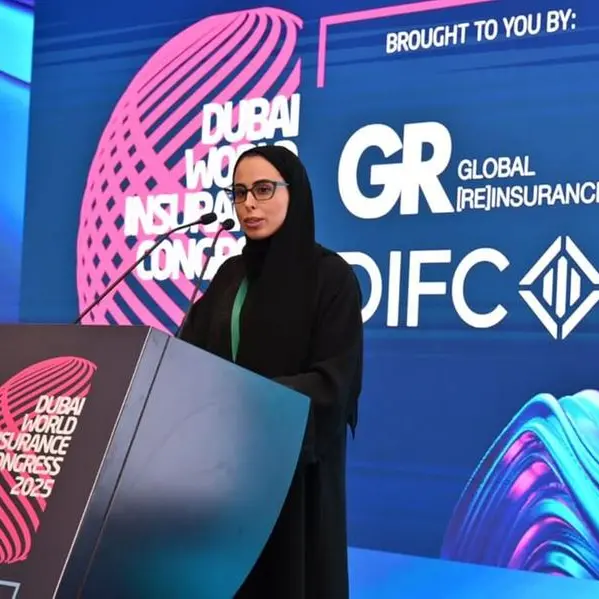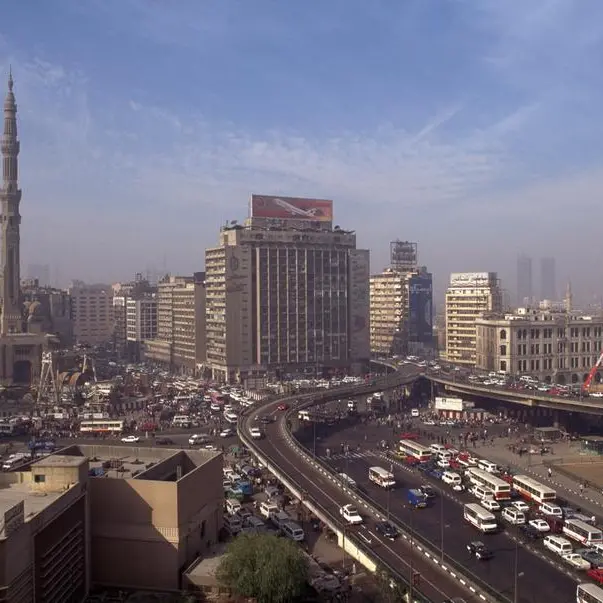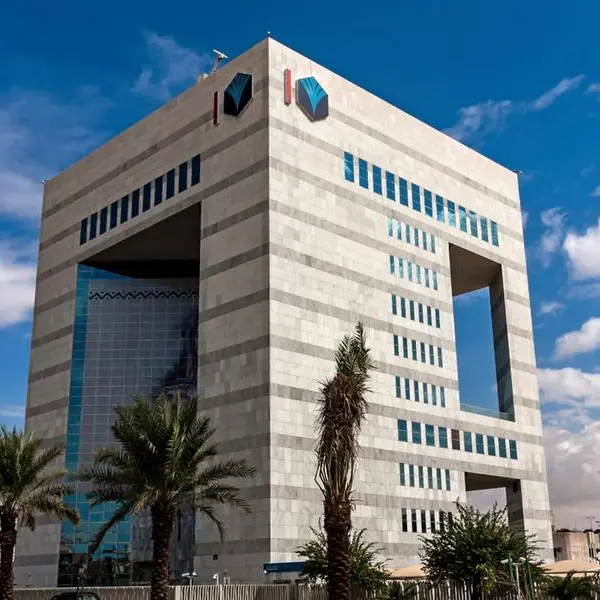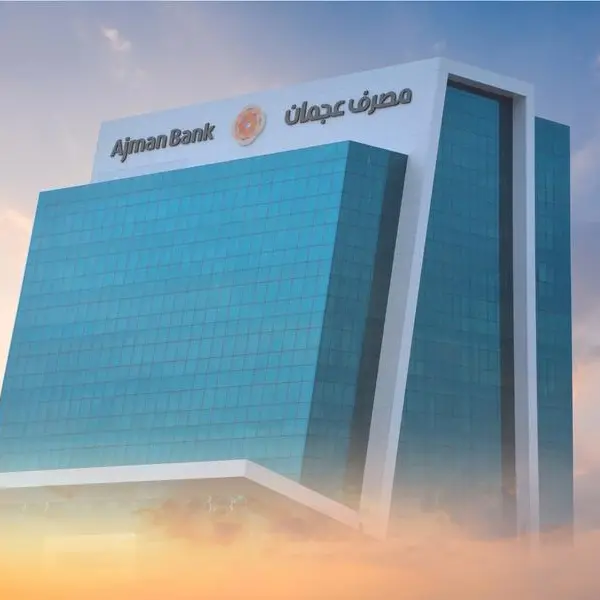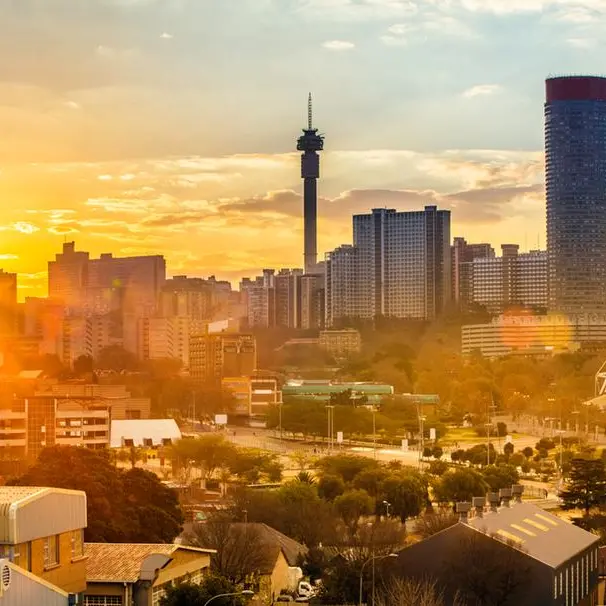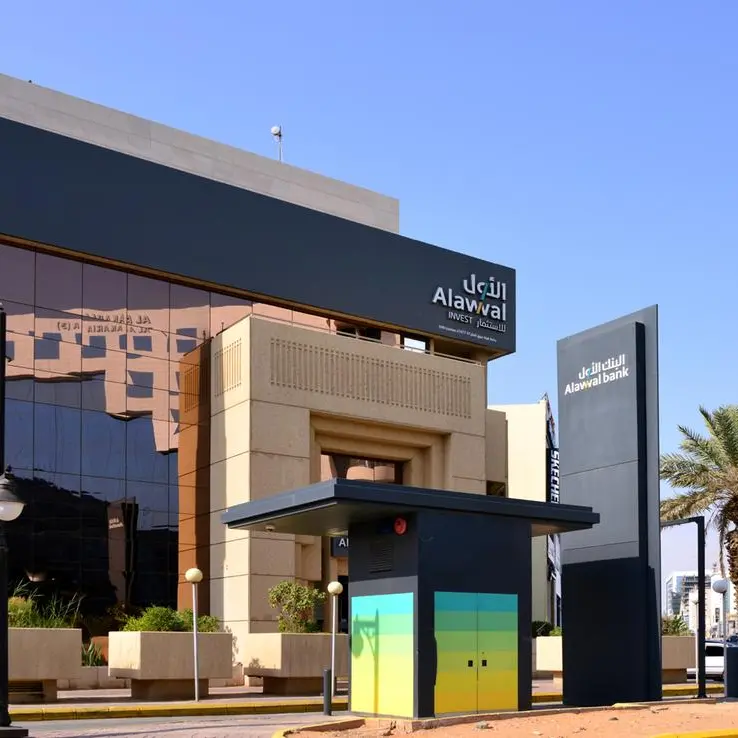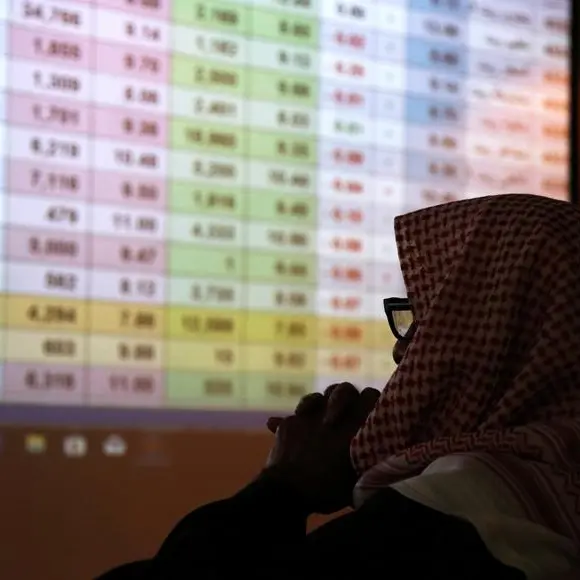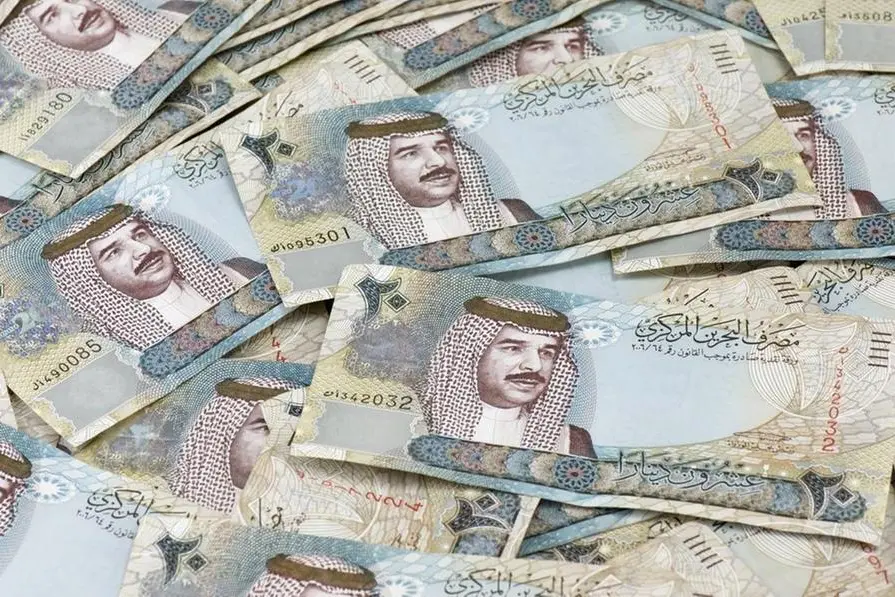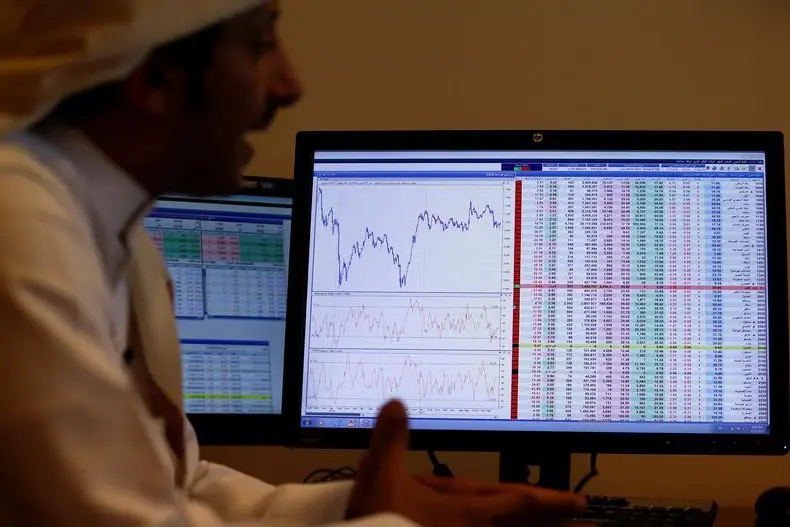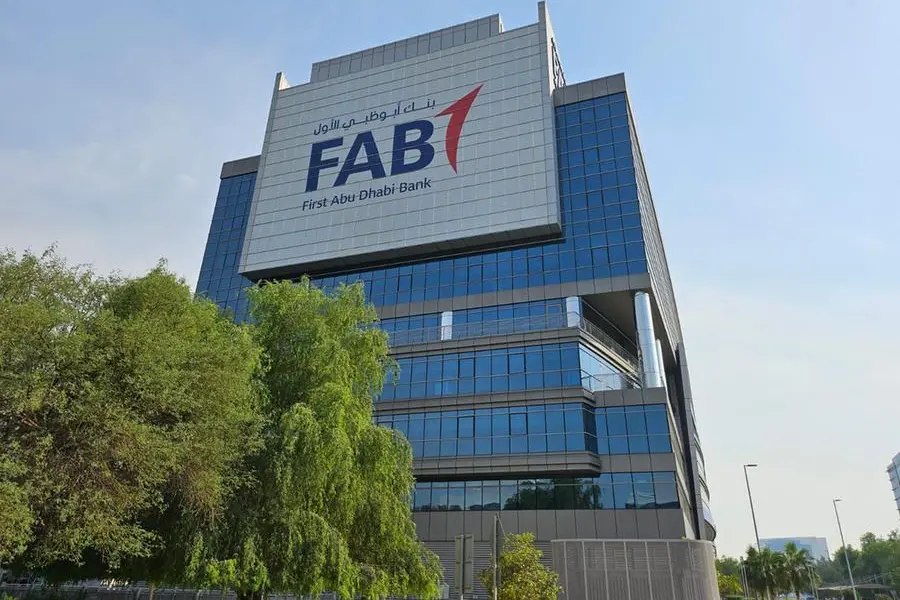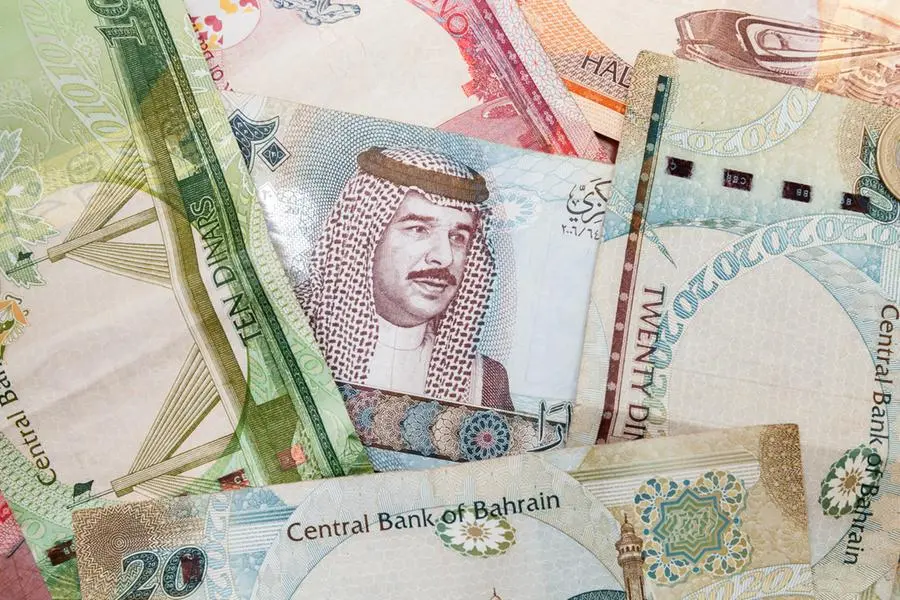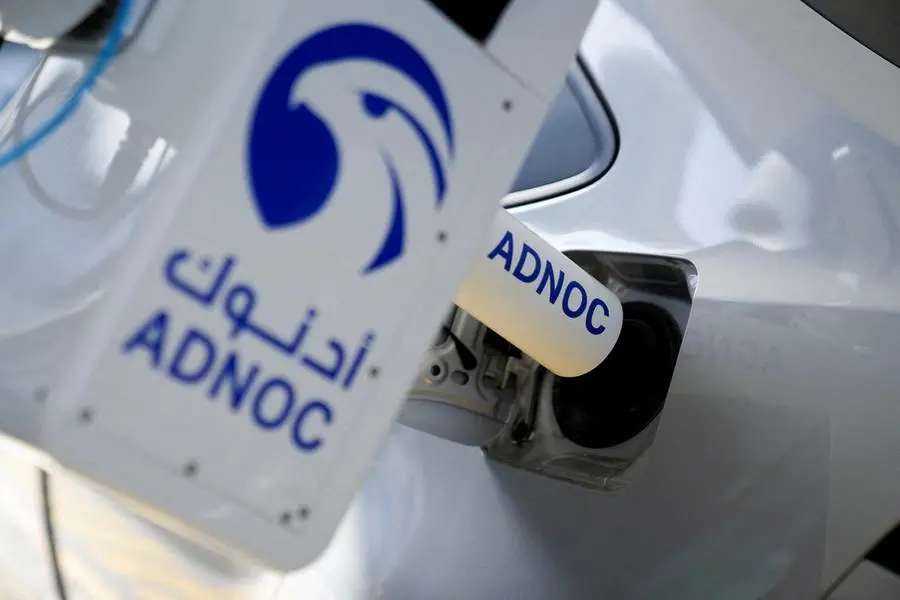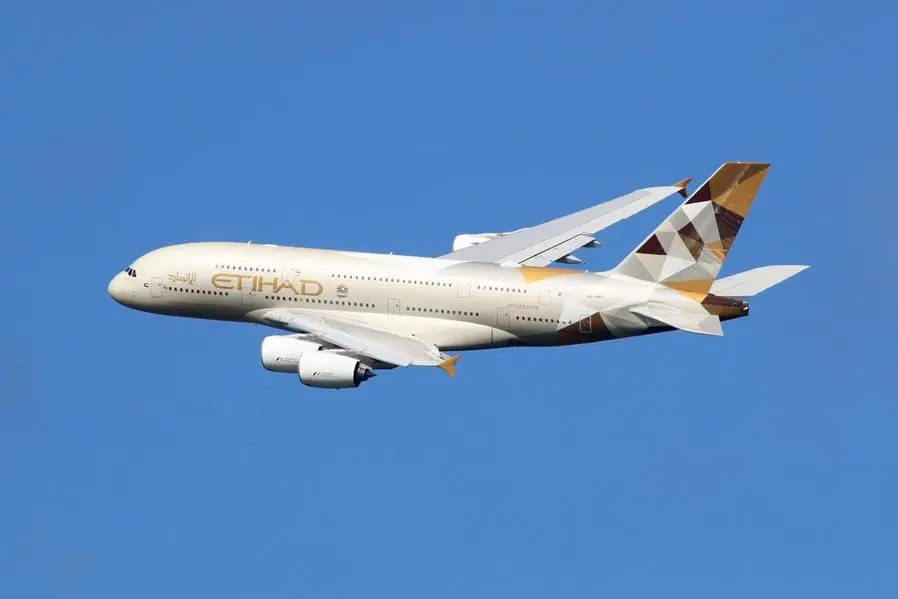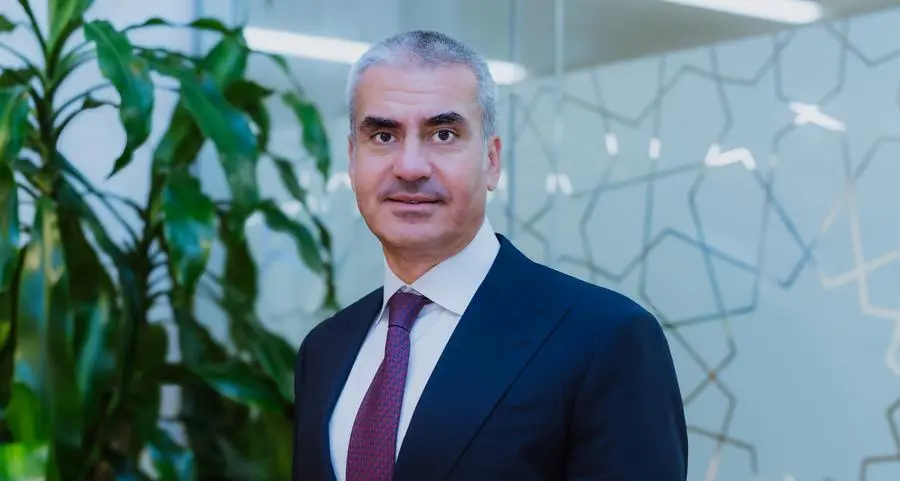PHOTO
Economic data on the background of skyscrapers. Dubai. Image used for illustrative purpose Getty Images
GCC banks face limited direct impacts from tariffs. However, they may experience indirect impacts, such as deteriorating credit conditions, if some corporates see weaker profitability following US government trade tariffs.
Lower oil prices and weaker global demand are the primary risks for GCC bank operating environments. Oil prices plummeted to below $60 per barrel after the announcement of wide-ranging tariffs, partially recovering when a 90-day pause was announced for most tariffs, with the exception of China.
Credit conditions for GCC banks could deteriorate if corporates in affected sectors experience weaker profitability and cash flow due to higher operating costs and inflation resulting from the tariffs.
According to Redmond Ramsdale, Fitch Ratings head of Middle East Bank Ratings and Islamic Banking, the region is more sheltered from the current volatility than many others, with solid operating environments and growth to continue in the GCC despite the tariffs.
Bahrain is most at risk of a downward revision in rating from b+ negative for its bank operating environment, as it is the most vulnerable sovereign rating due to weak public finances, high debt burden and the highest break-even oil price among GCC countries, Fitch said.
Bank operating environment scores in other GCC countries have stable outlooks, except in Oman, where the outlook is positive.
Corporates could face higher debt costs due to uncertainty surrounding interest rates and potential delays in rate cuts. Pressure on corporates could dampen overall credit demand and ultimately lead to higher credit risk for banks and an increase in problem loans. However, GCC banks are generally well placed to absorb a deterioration in the operating environment, Fitch said.
Many banks have strengthened their capital buffers in recent years, helped by solid earnings on higher oil prices and interest rates, good liquidity, strong economic activity and favourable credit conditions.
GCC government spending strongly affects bank operating conditions in most of the region’s countries, and a further drop in oil prices could weaken Fitch’s lending growth forecasts for 2025, which were close to 2024 levels prior to the tariff announcements.
“We believe market balance and oil prices will chiefly be determined by global economic performance and OPEC+’s supply management. OPEC+ had large spare capacity of over 6 million barrels per day (MMbpd) in January and indicated plans to start unwinding its production cuts from April,” the ratings agency said.
Before the tariff announcements by US President Donald Trump earlier this month, Fitch projected that non-oil GDP for the GCC would increase by 3.5% in both 2025 and 2026. Fitch had already reduced its forecast for global GDP growth in March 2025 to 2.3% for 2025 and 2.2% for 2026, citing risks tilted towards a sharper slowdown.
Lower oil prices and budget revenues could lead to a marked reduction in non-oil economic activity and government spending, which would weaken GCC banks’ lending growth prospects, the ratings agency said. However, GCC exports to the US are dominated by hydrocarbons, which are exempt from tariffs.
Non-hydrocarbon exports, which face a 10% tariff, or 25% for aluminium and steel, are relatively low, limiting the direct impact of the tariffs on GCC economies and bank operating environments.
(Writing by Imogen Lillywhite; editing by Seban Scaria)

